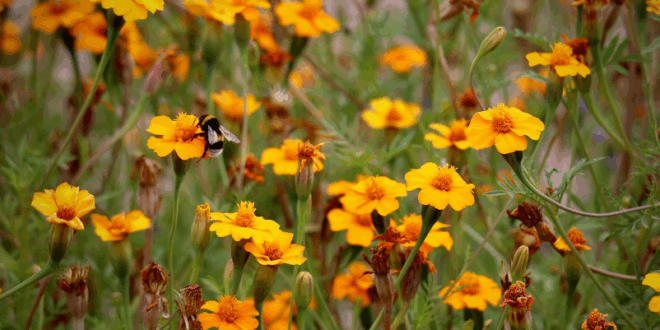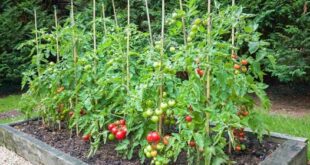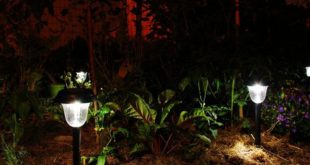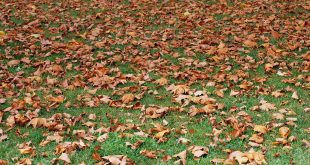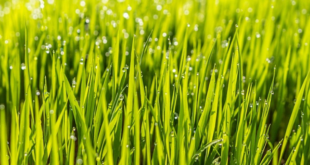As the days grow warmer and your garden bursts into bloom, one simple task can dramatically extend the flowering season and improve your garden’s overall appearance: deadheading. If you’re not already in the habit of deadheading, May is the perfect time to start. It’s easy, satisfying, and makes a big difference.
Here’s everything you need to know about how, why, and when to deadhead your plants.
🌸 What is Deadheading?
Deadheading is the process of removing faded or spent flowers from plants. This helps redirect the plant’s energy from seed production back into producing more blooms or healthy foliage.
Think of it as giving your plants a little encouragement to keep going—like telling them, “Great job! Now let’s see some more!”
🌼 Why Deadheading Matters
- Encourages More Flowers
Many plants will stop flowering once they’ve produced seeds. Removing spent blooms tricks the plant into thinking it hasn’t finished flowering yet—so it keeps trying. - Improves Appearance
Dead flowers can look messy or tired. Removing them instantly refreshes the look of your beds and containers. - Prevents Unwanted Self-Seeding
Some plants, like poppies or aquilegia, will reseed freely. Deadheading can help you control where they pop up next season. - Reduces Risk of Disease
Dead or dying plant material can harbor pests and diseases. Removing them helps keep your garden healthy.
✂️ How to Deadhead: A Quick Guide
Deadheading doesn’t require fancy tools—just your fingers, garden scissors, or pruners.
- Pinch or snip just below the spent flower, cutting back to a leaf, side shoot, or healthy bud.
- For plants with clusters of flowers (like roses or geraniums), remove the whole stem down to a strong set of leaves.
- For single-stem blooms like tulips or daffodils, snip the flower head off but leave the foliage intact to feed the bulb.
🌺 Which Plants to Deadhead in May
Here are some common garden plants that benefit from regular deadheading in May:
- Roses – Remove spent blooms above a healthy leaf to encourage reblooming.
- Geraniums (Pelargoniums) – Pinch off faded blooms to keep them looking fresh.
- Petunias – Regular deadheading keeps them compact and full of color.
- Pansies & Violas – Prolong their blooming before they fade in the summer heat.
- Sweet Peas – Cut flowers for vases and remove spent blooms to extend flowering.
- Delphiniums & Lupins – Deadhead after the first flush to encourage a second bloom later in summer.
🌿 When Not to Deadhead
Some plants, especially those grown for seed heads or ornamental fruit, don’t need deadheading:
- Poppies, echinacea, rudbeckia – Their seed heads add visual interest and provide food for birds.
- Bulbs – Only remove the flower head; leave the foliage until it dies back naturally.
🧤 Pro Tips for Deadheading Success
- Do a quick walk-through of your garden every few days—it’s a relaxing way to keep on top of things.
- Keep a pair of snips or scissors handy—some plants are too tough to pinch with fingers.
- Don’t worry about being too precise. Most plants are forgiving and will respond well even to a quick tidy-up.
🌼 Conclusion
Deadheading is a small task that yields big rewards. By spending a few minutes a week on this simple chore, you’ll enjoy longer-lasting blooms, a neater garden, and healthier plants all season long.
So grab your gloves, head outside, and give your garden the love it deserves—one snip at a time.
 Gardeners Club The Gardeners Club is a free to join online club for everyone with an interest in gardening and gardens.
Gardeners Club The Gardeners Club is a free to join online club for everyone with an interest in gardening and gardens.
